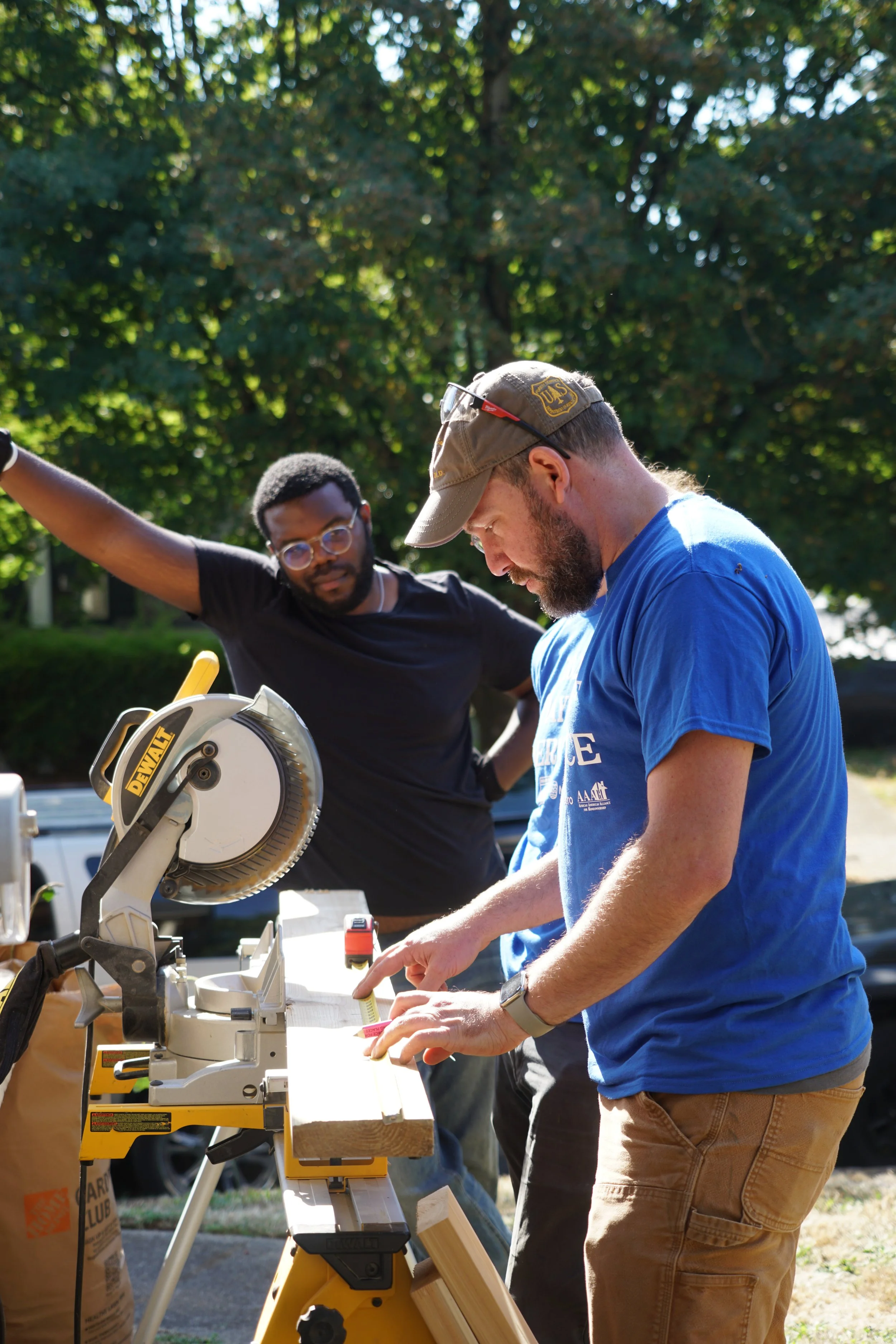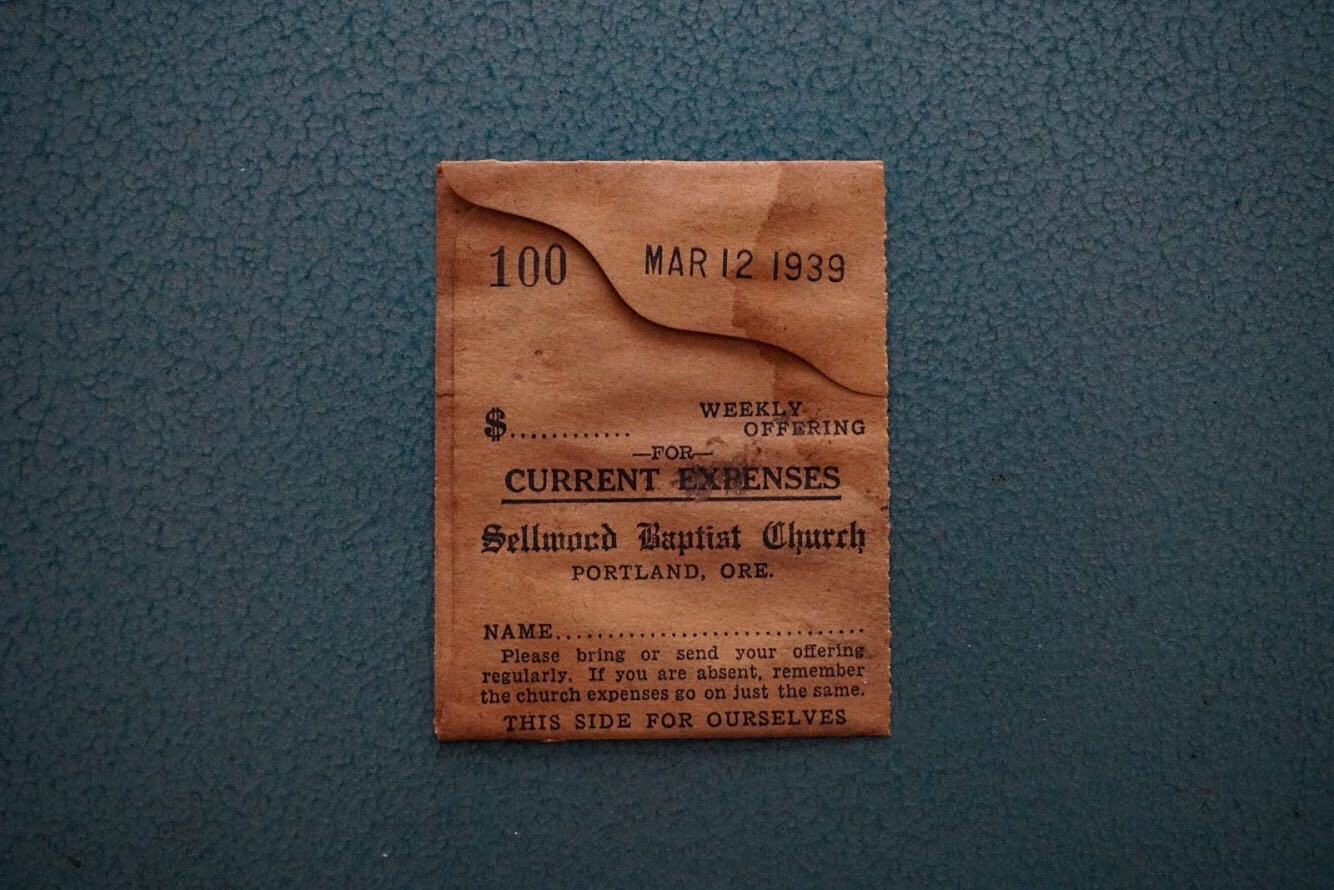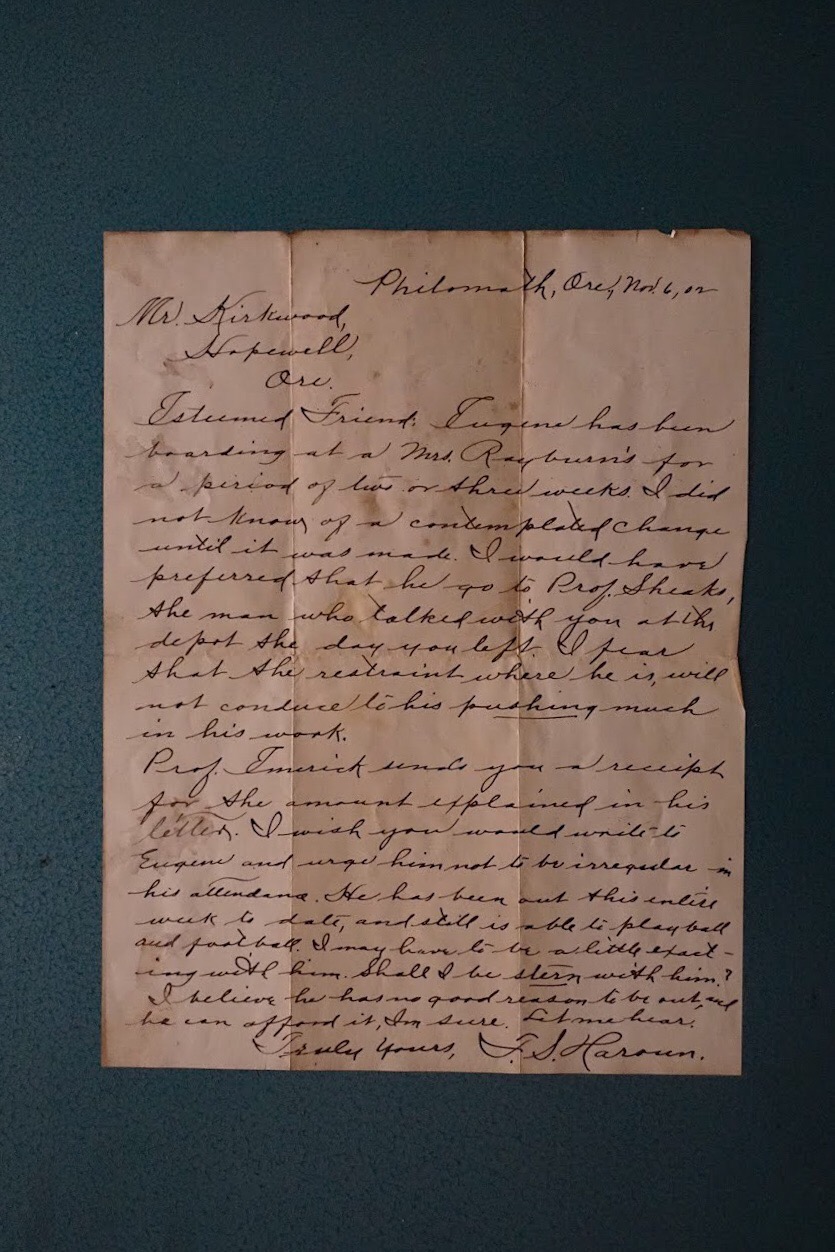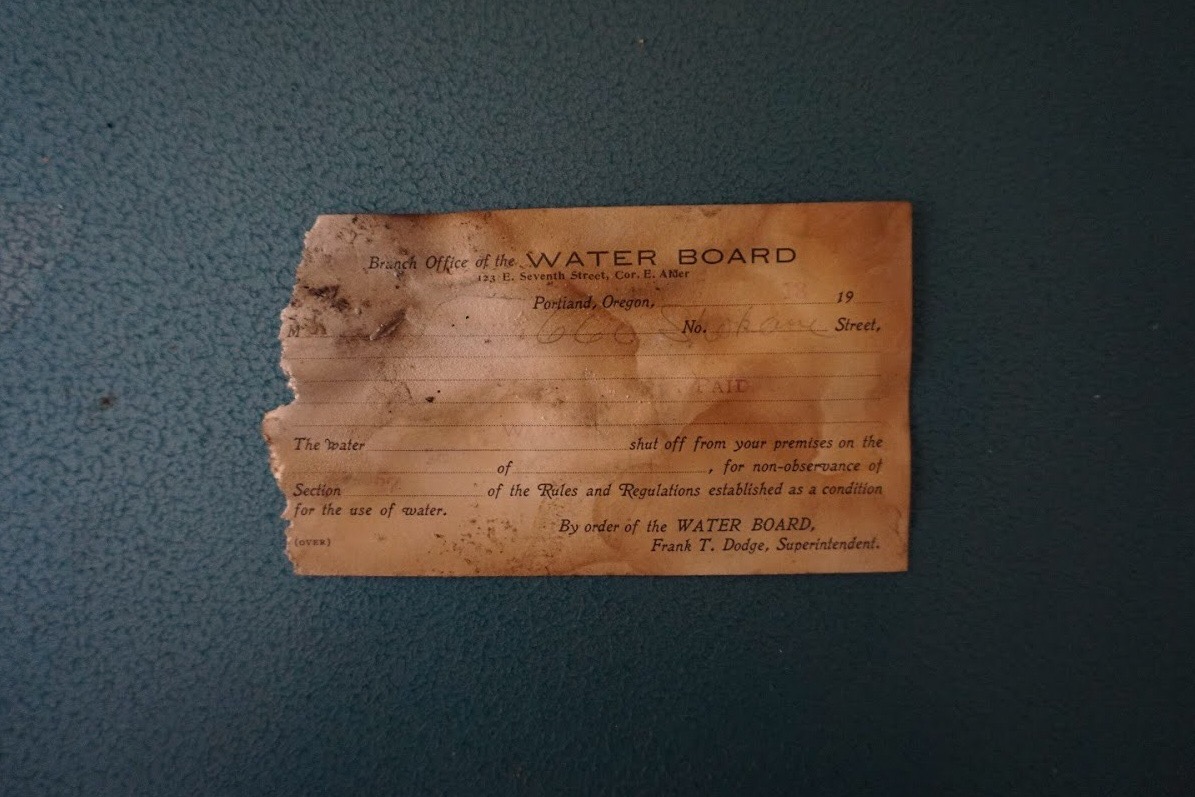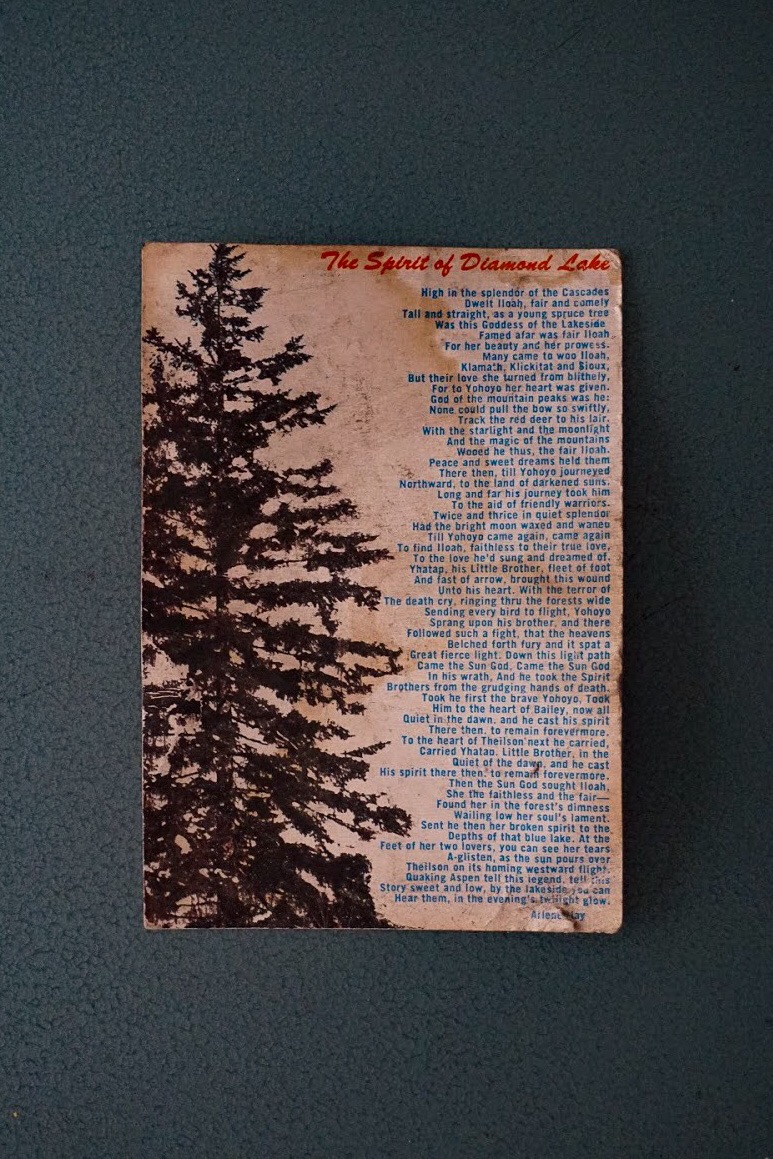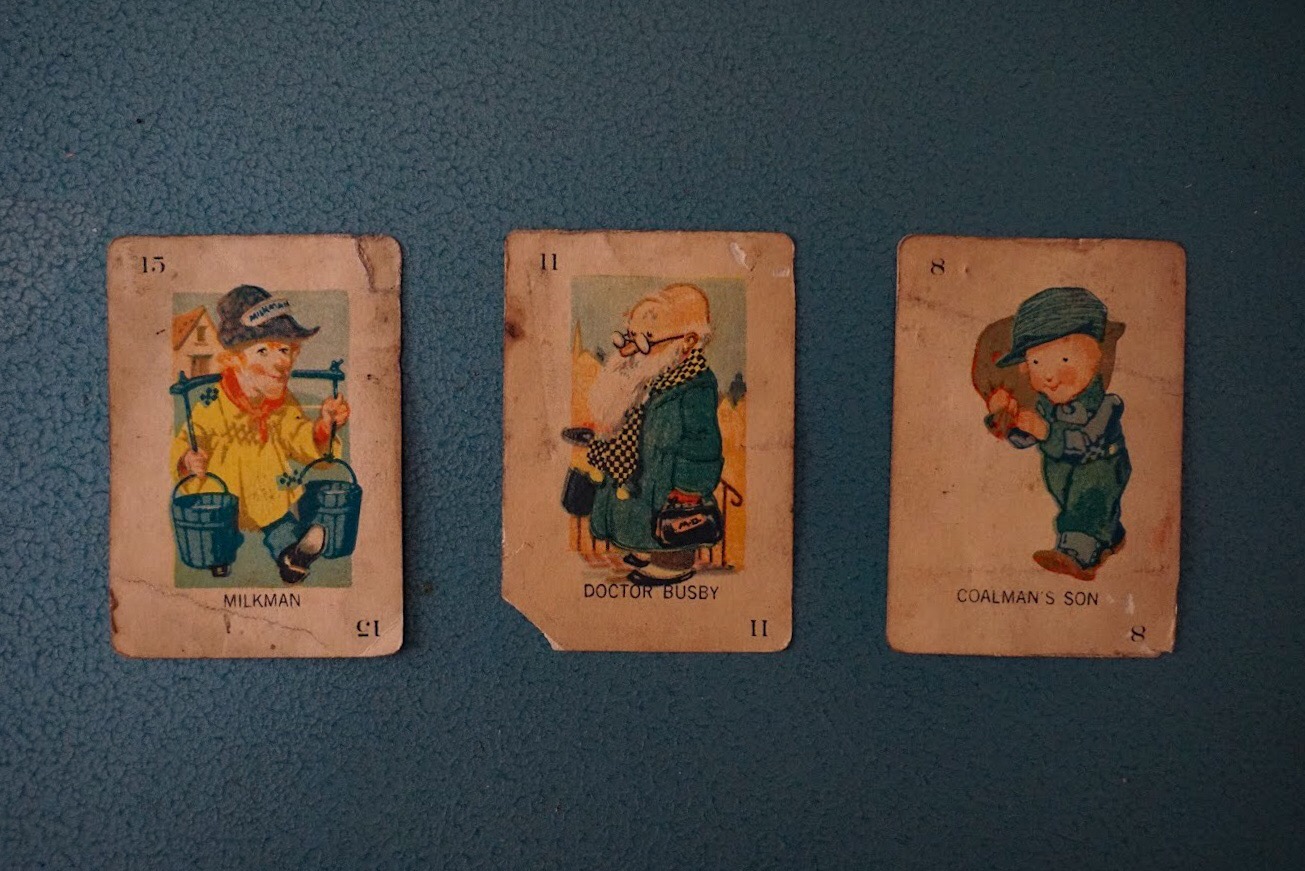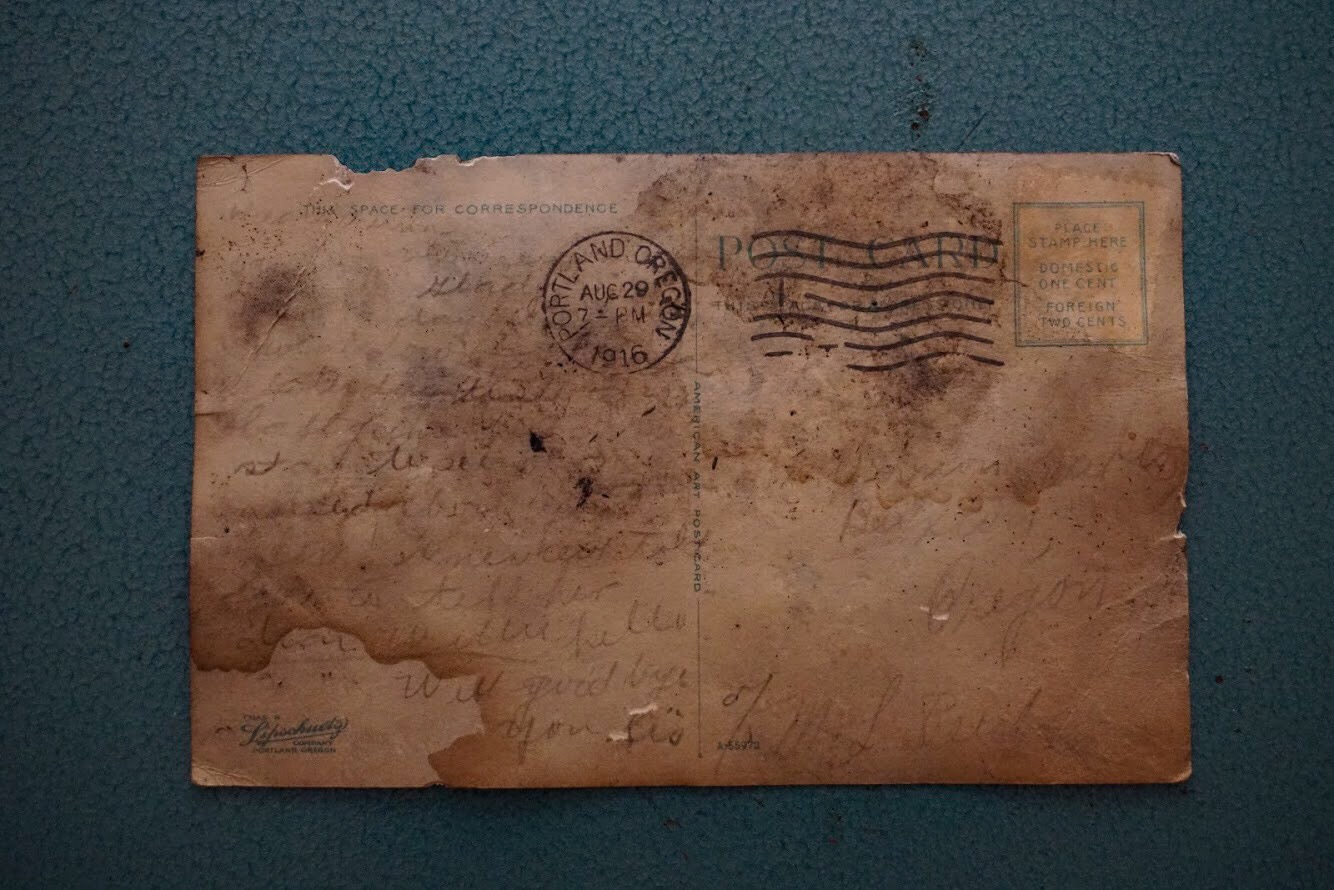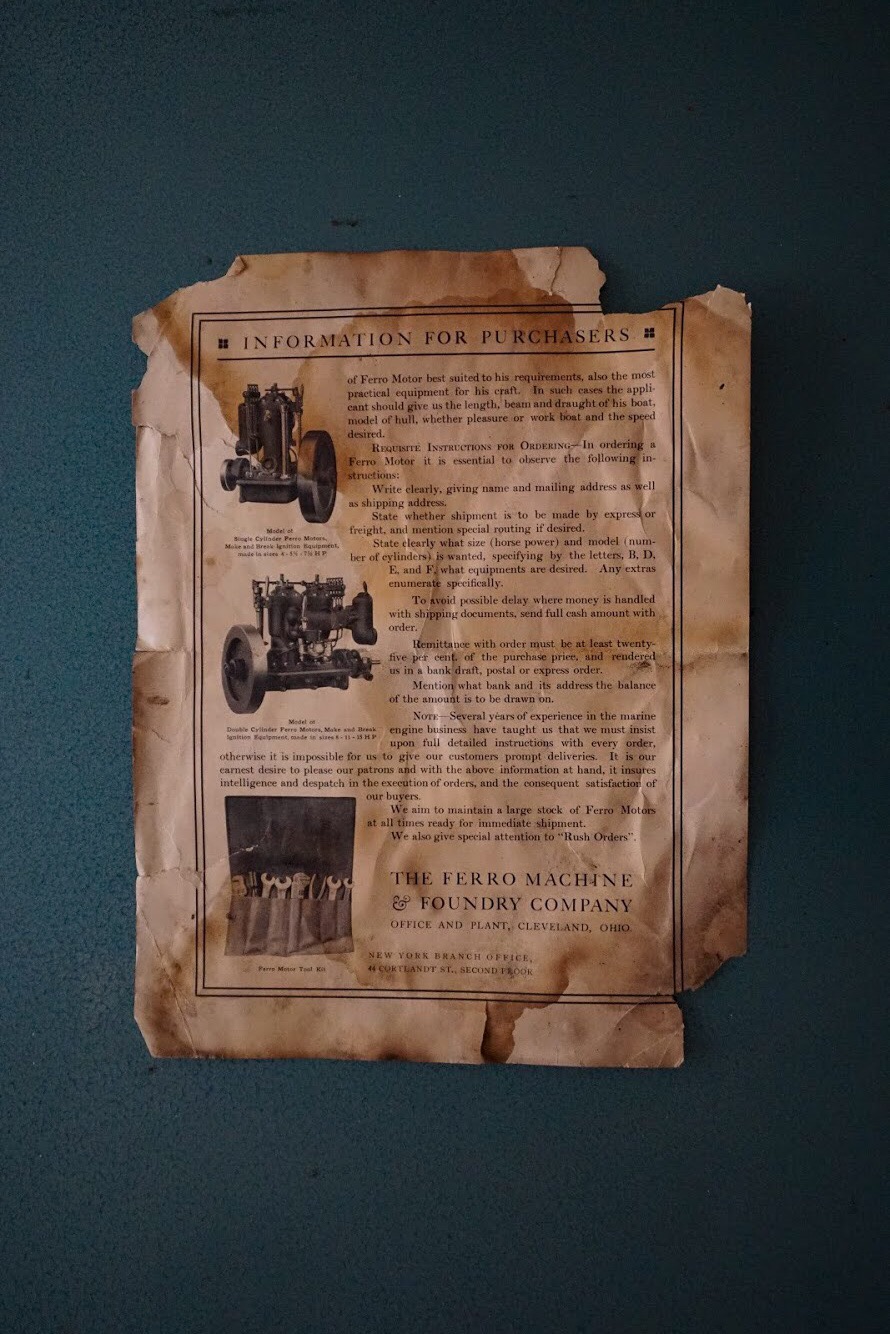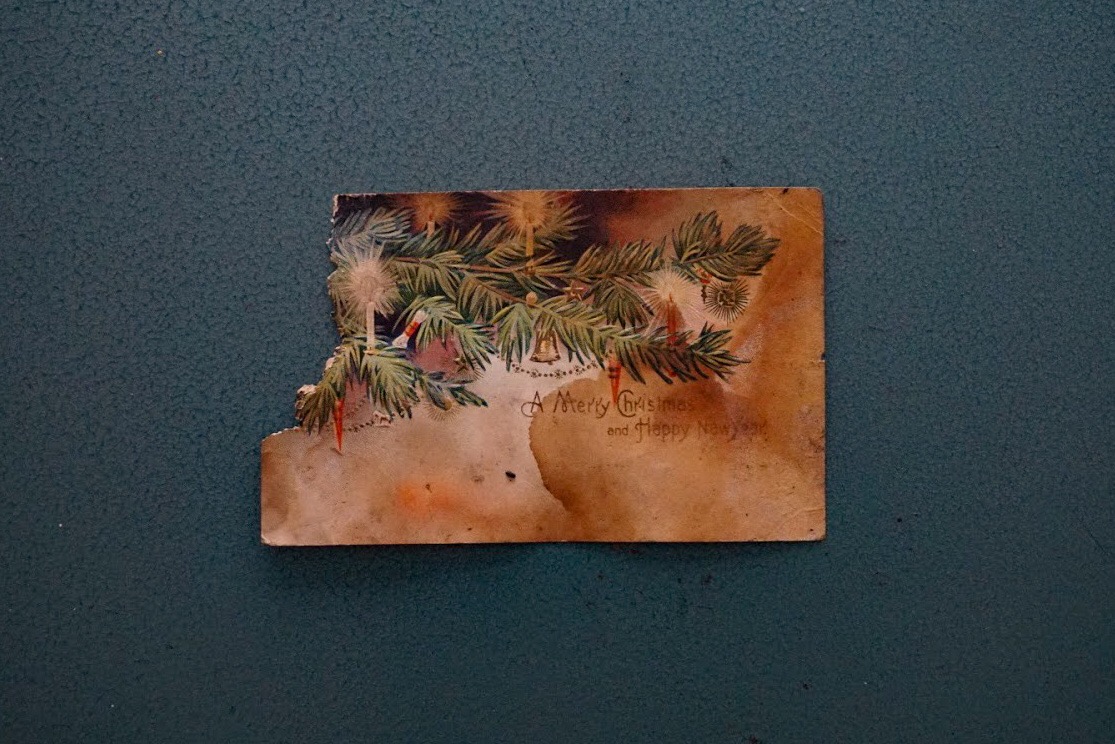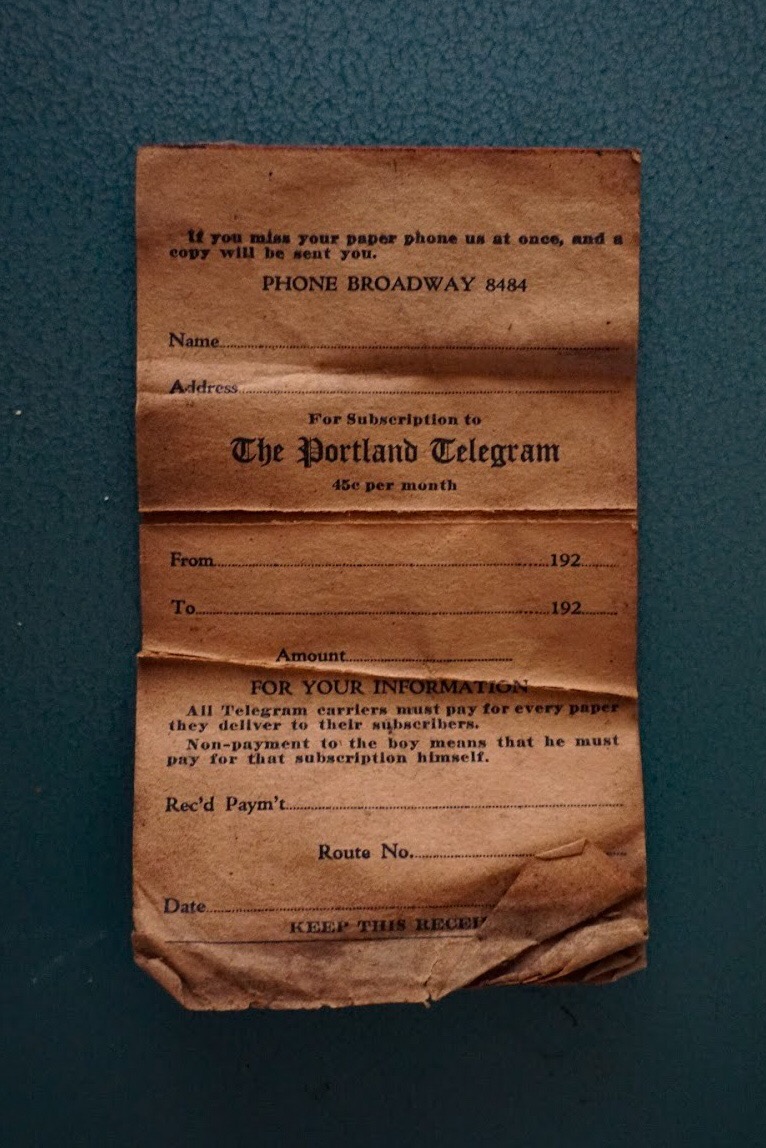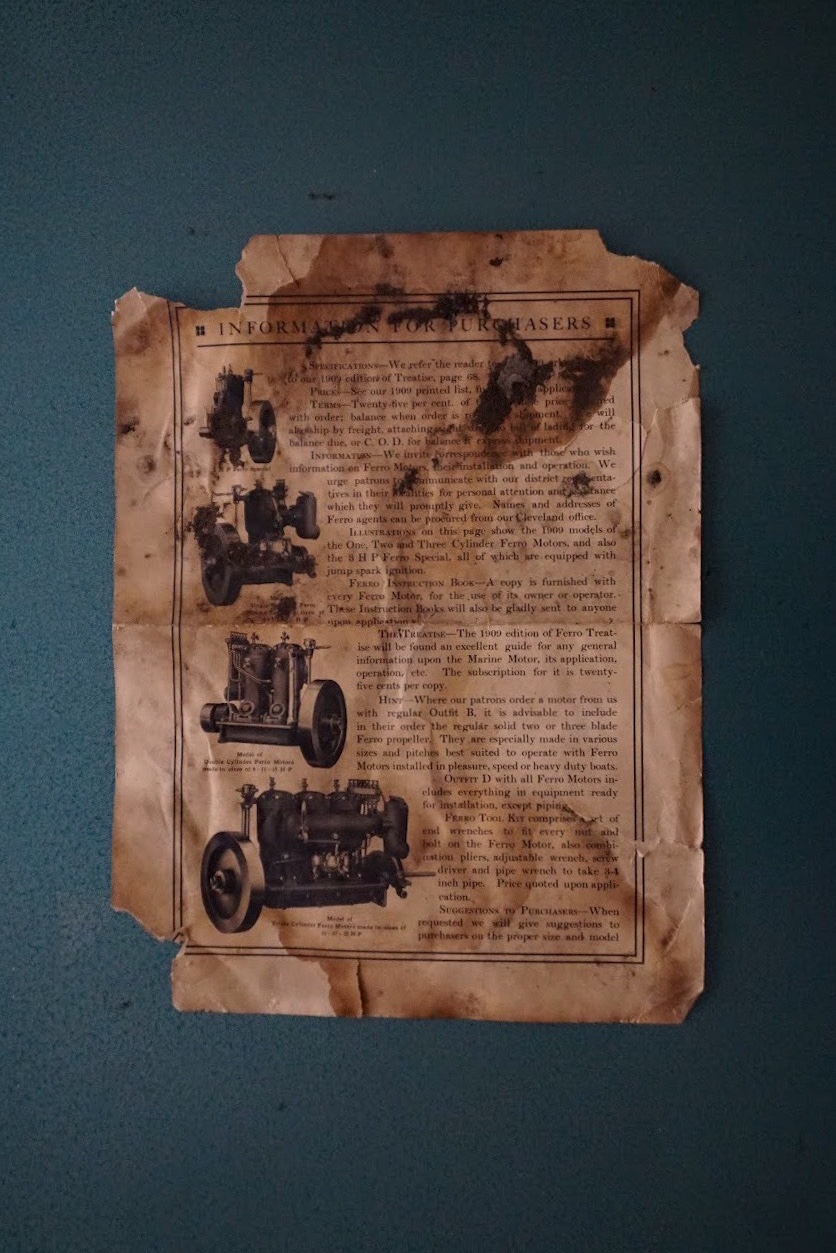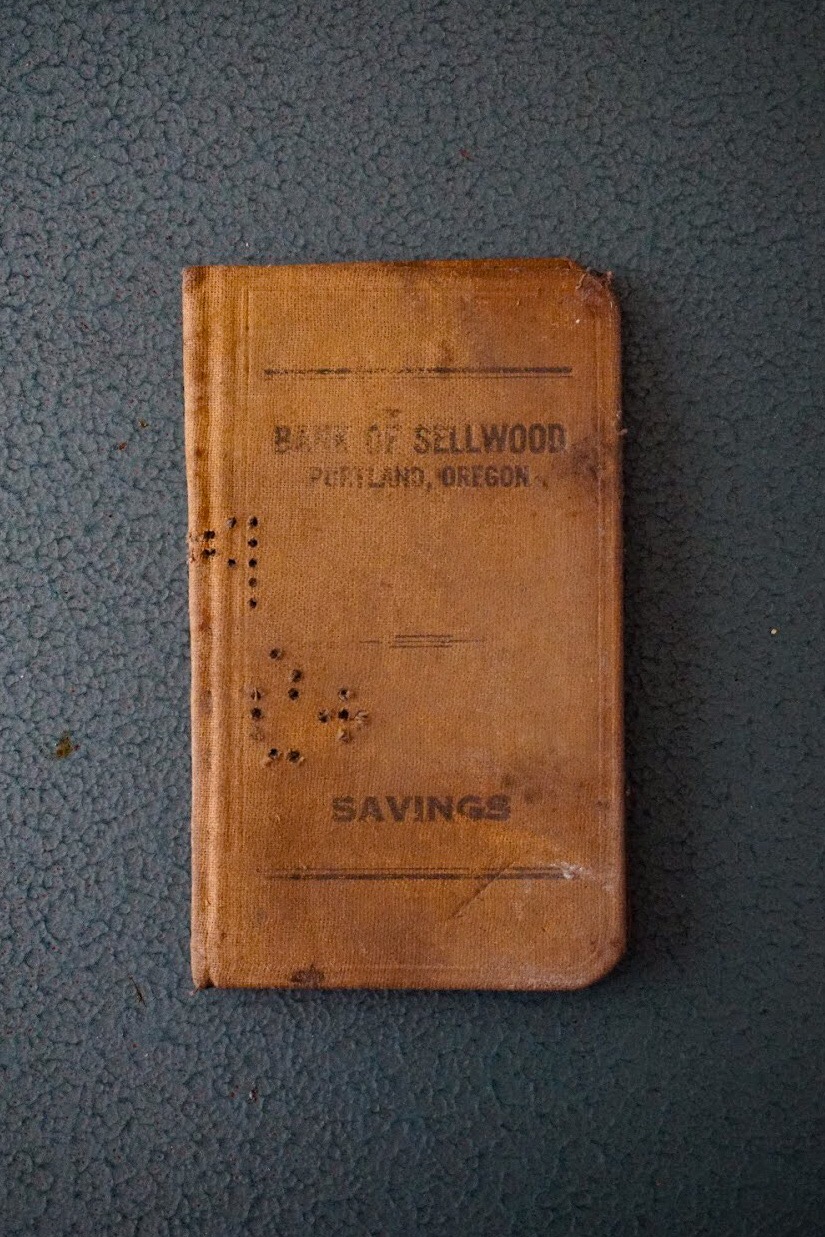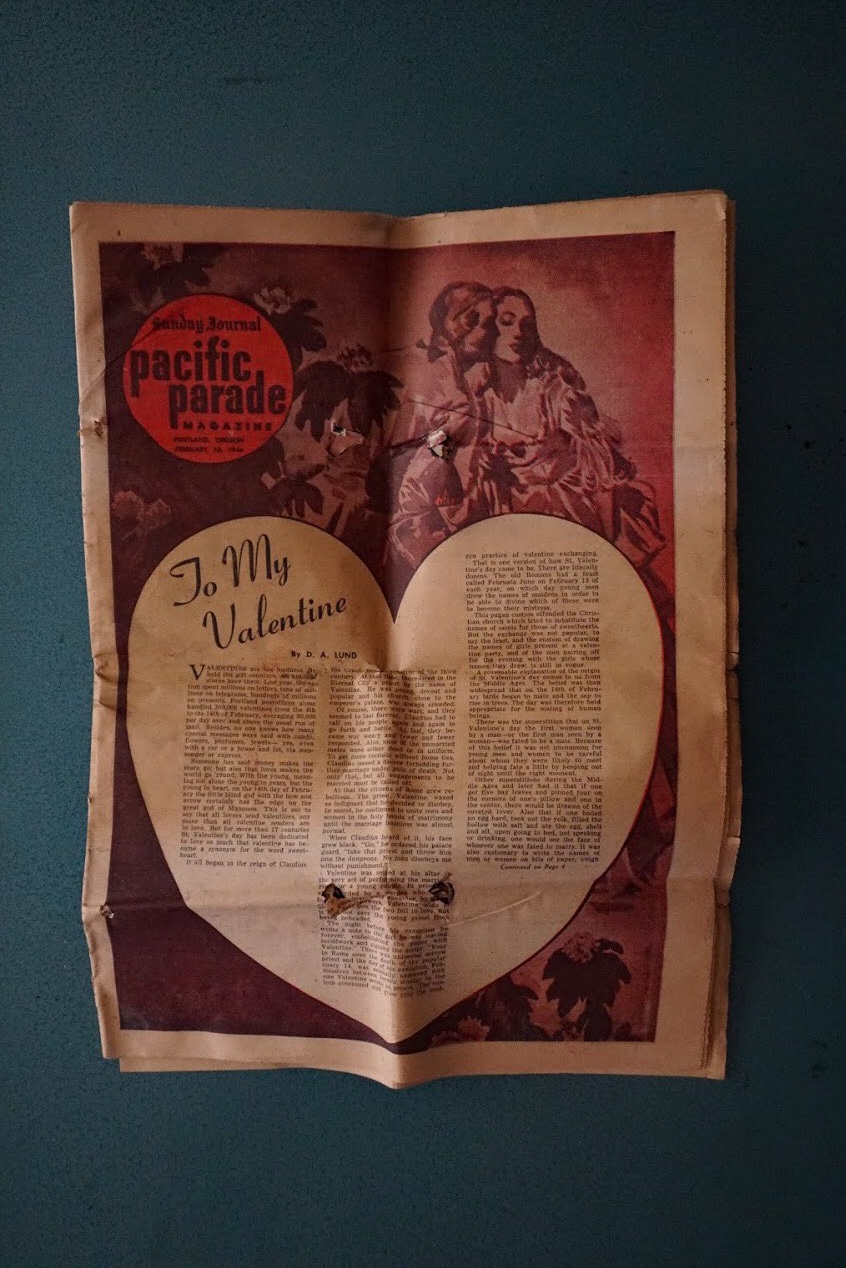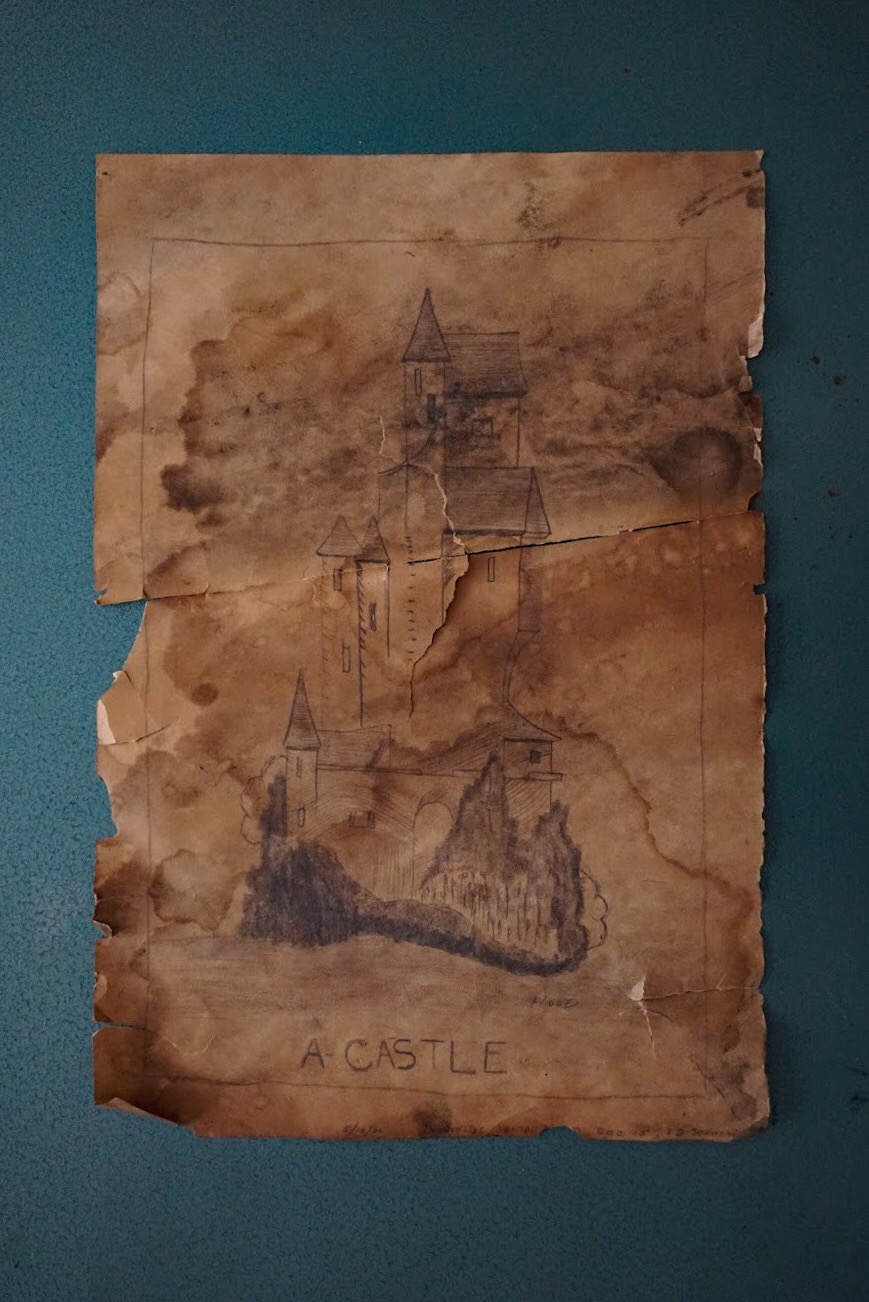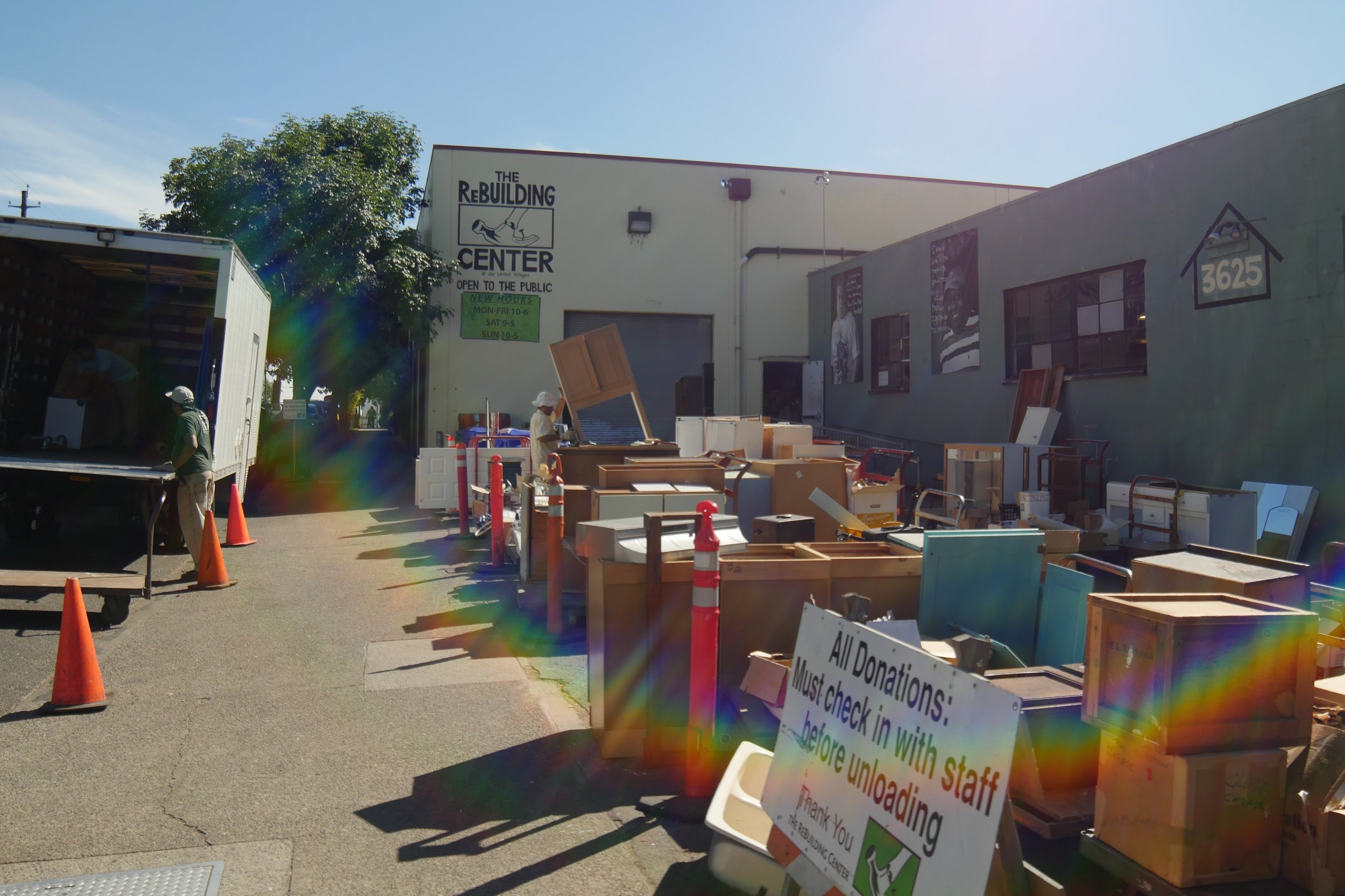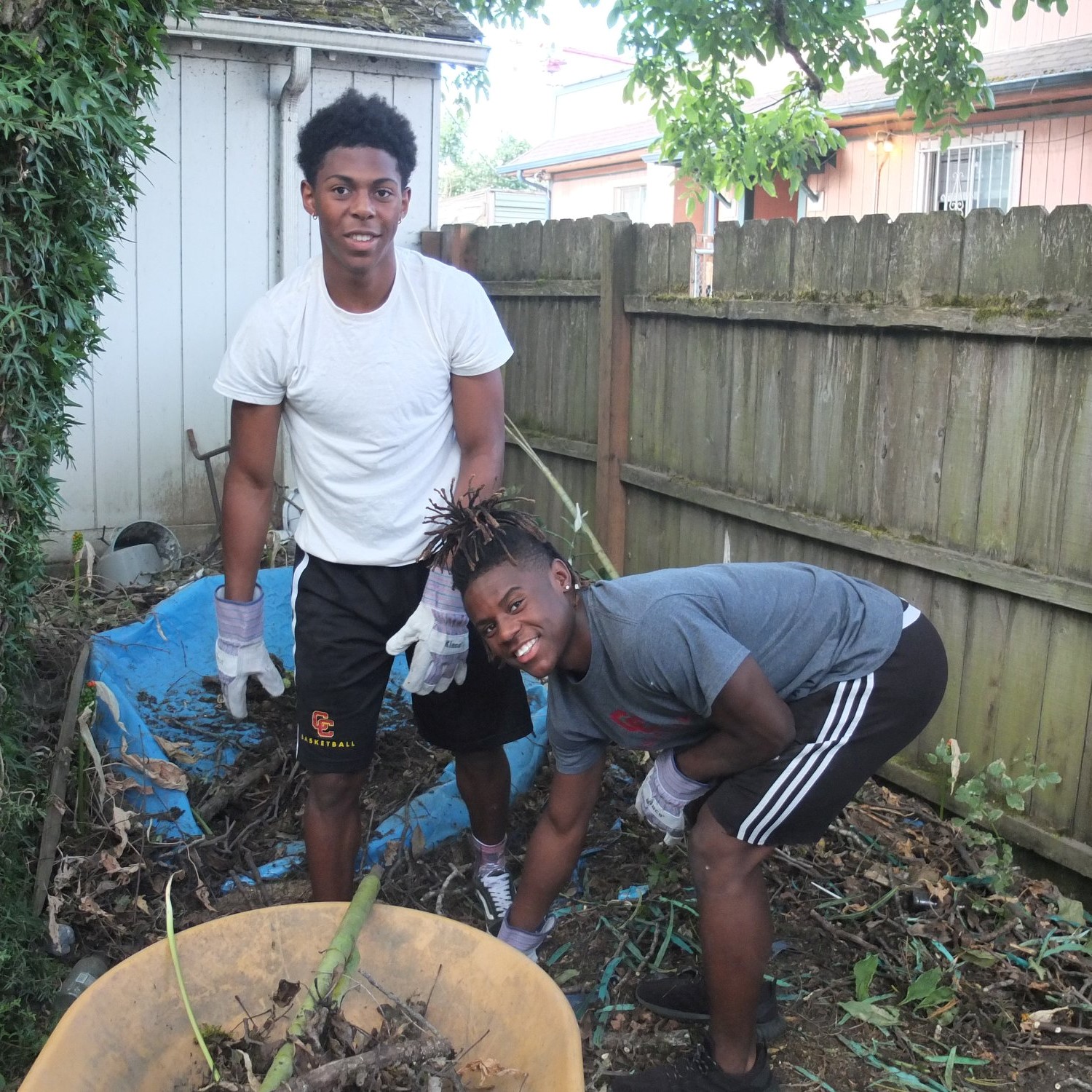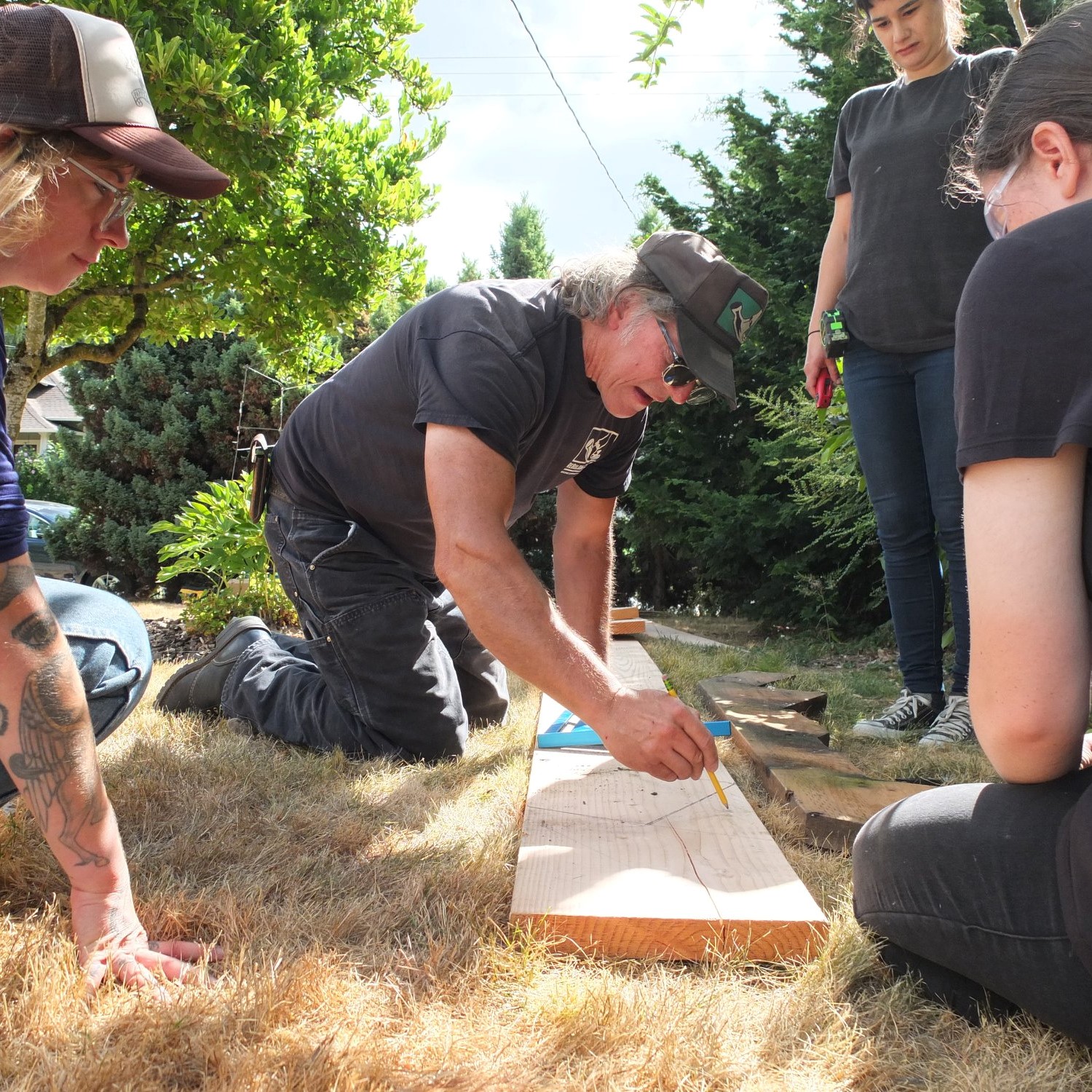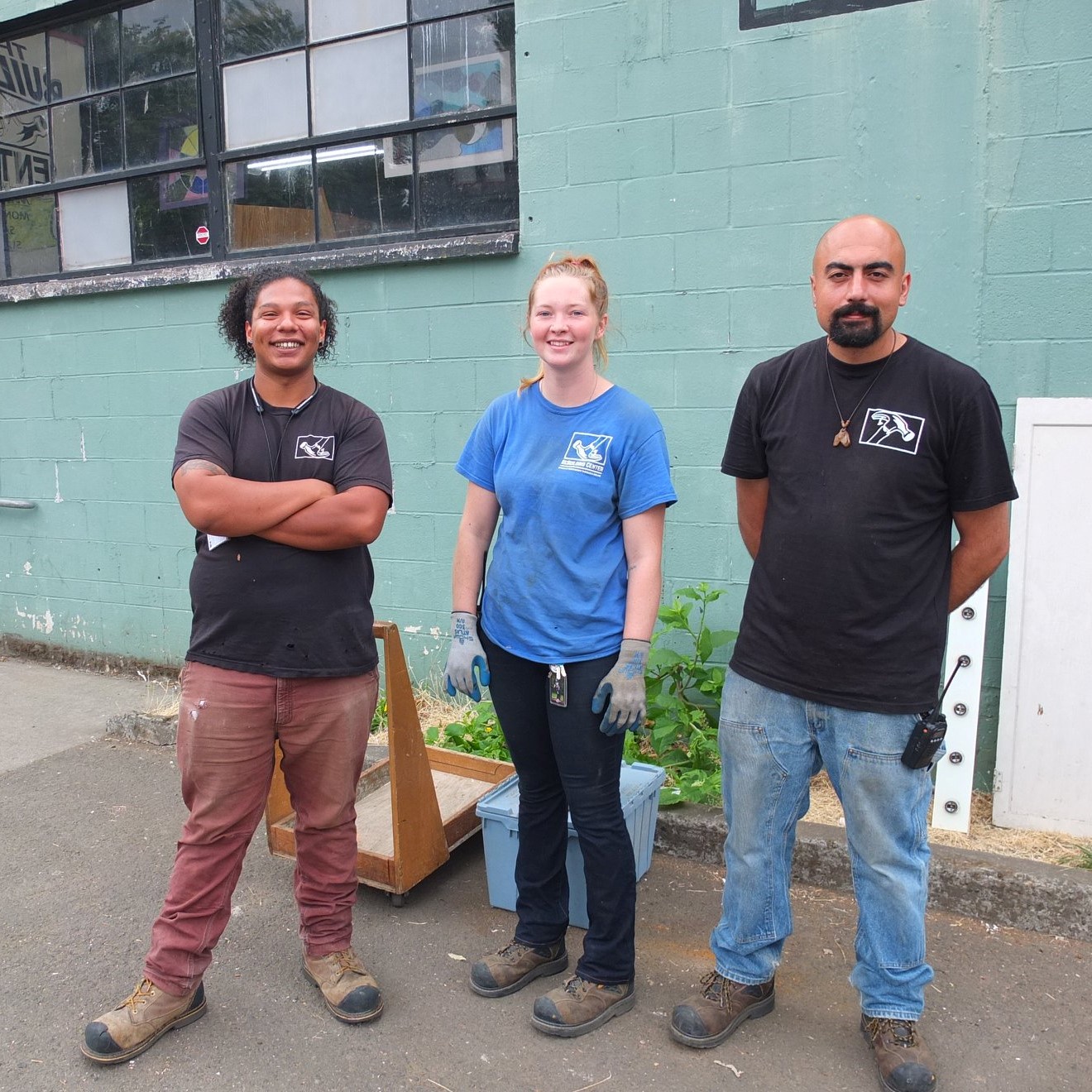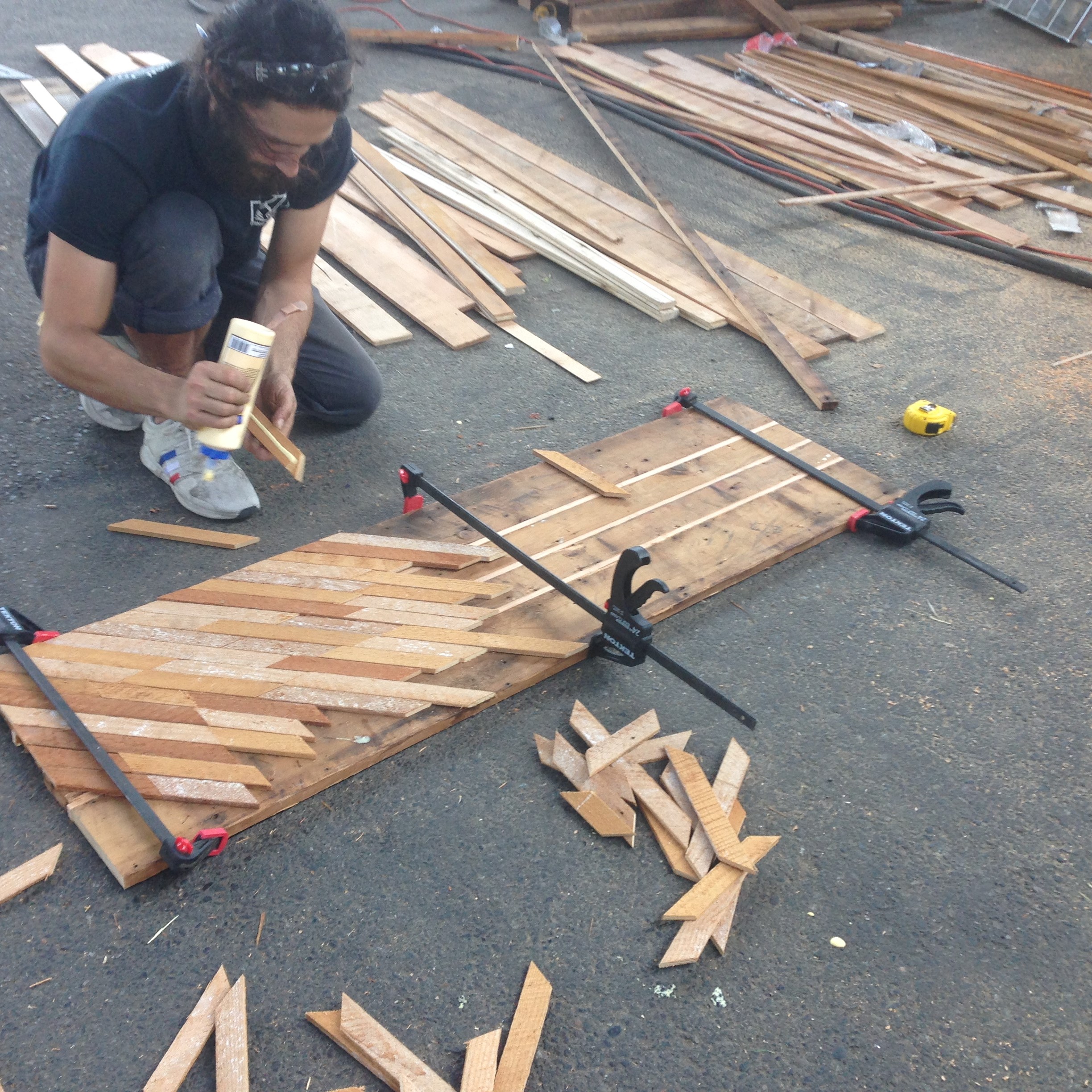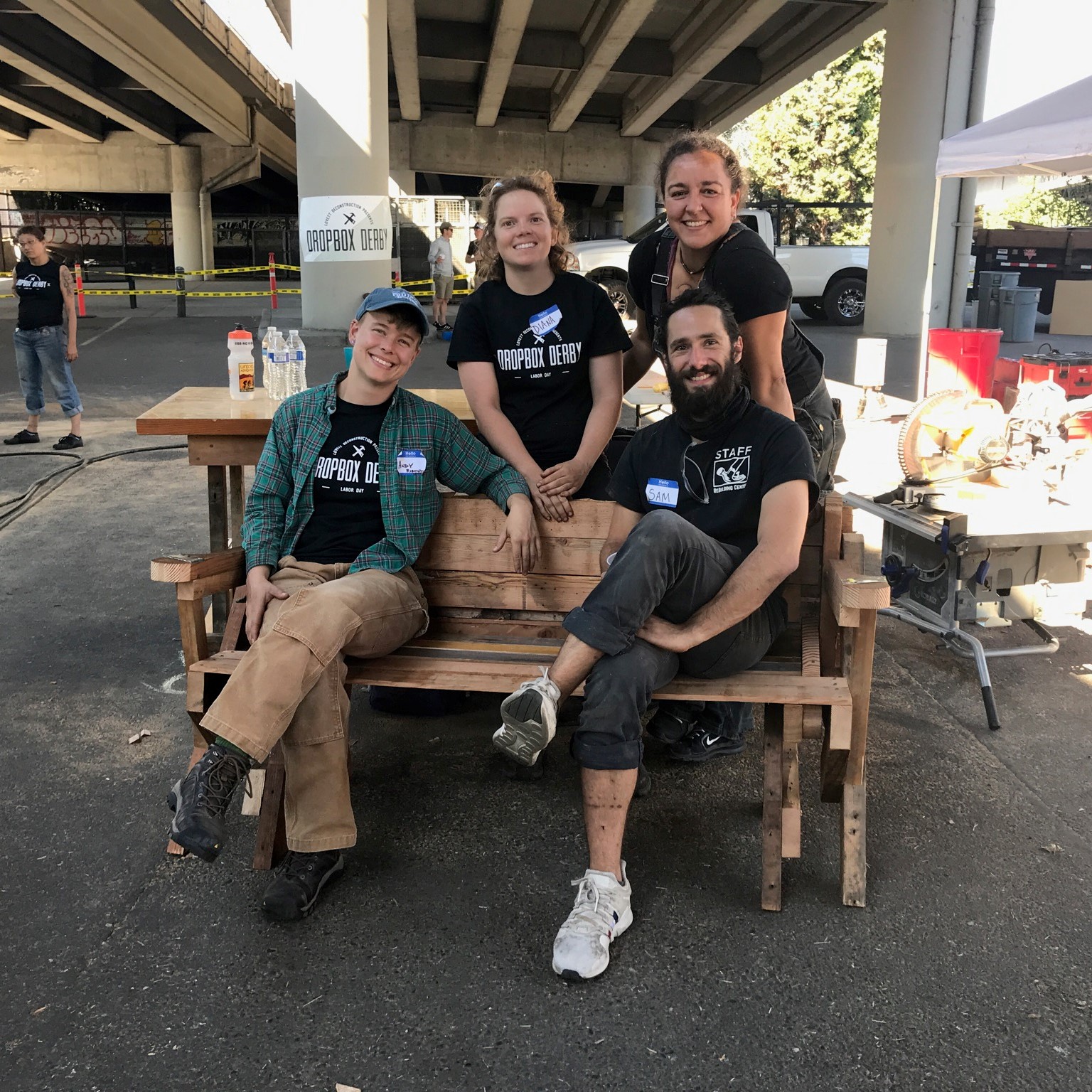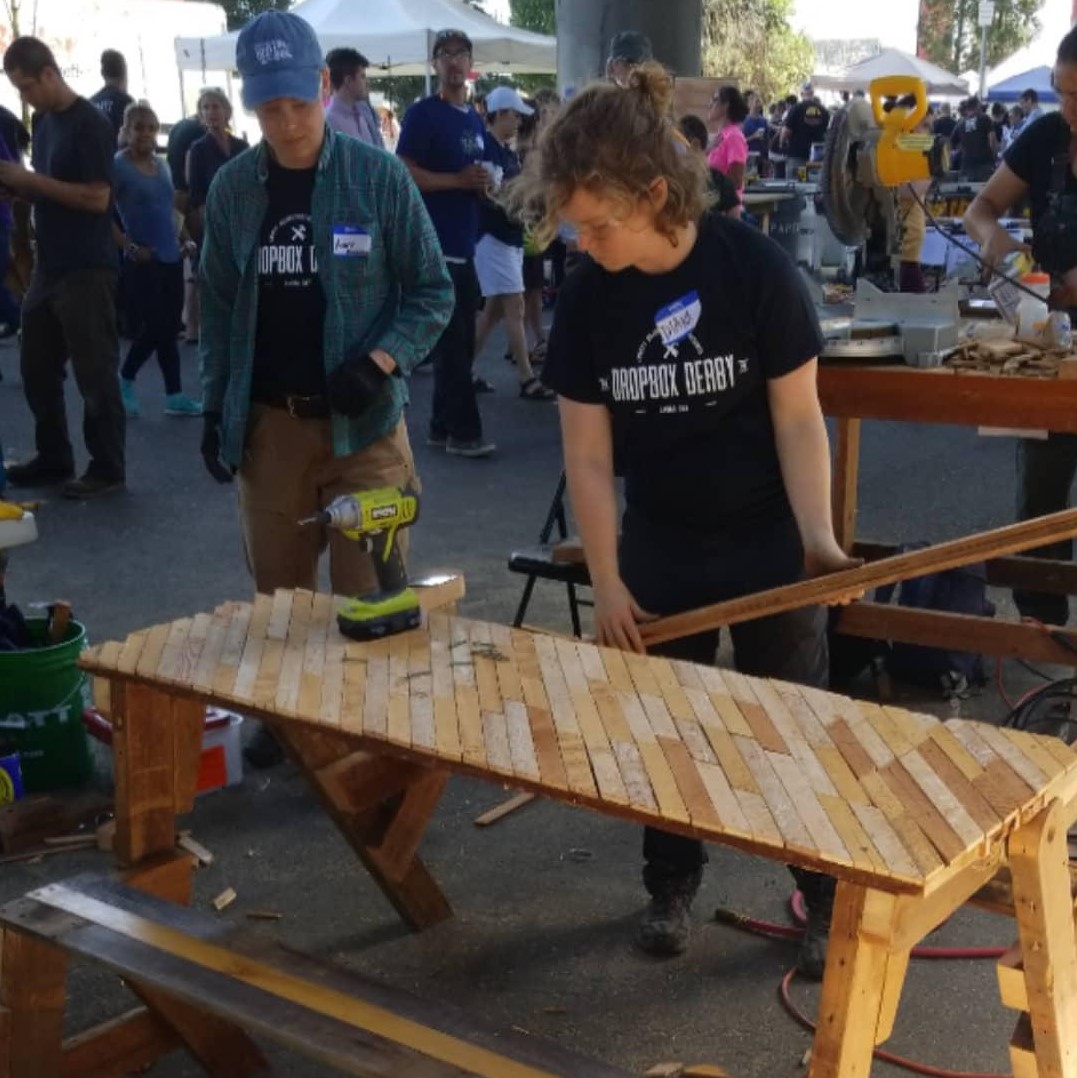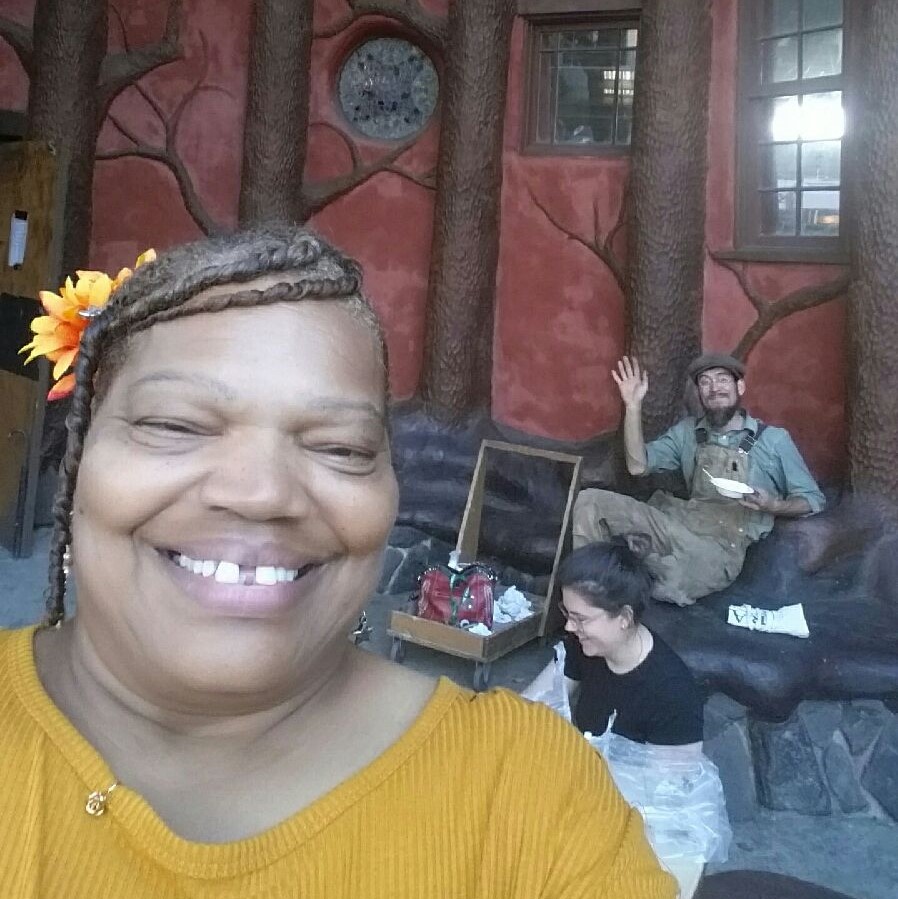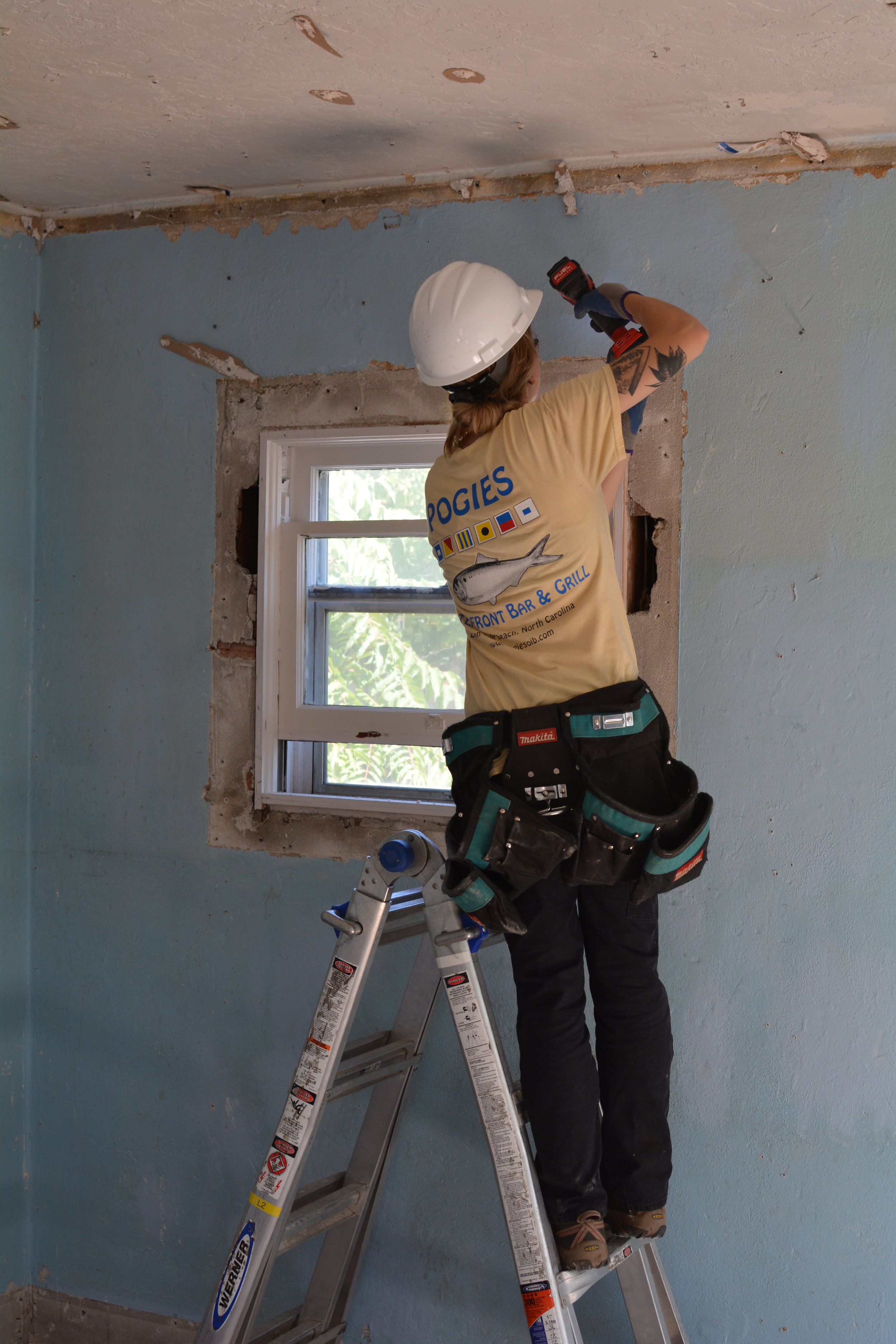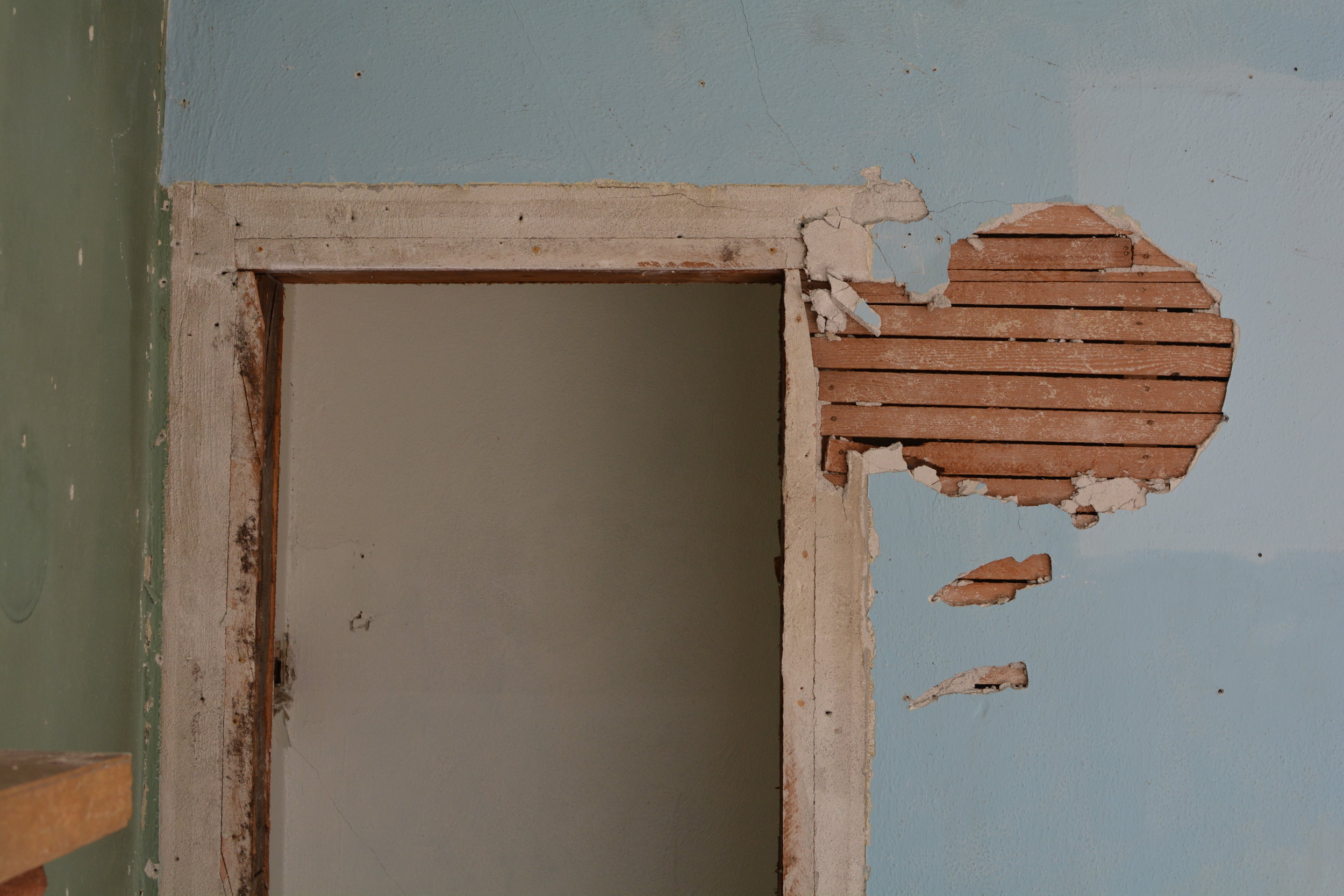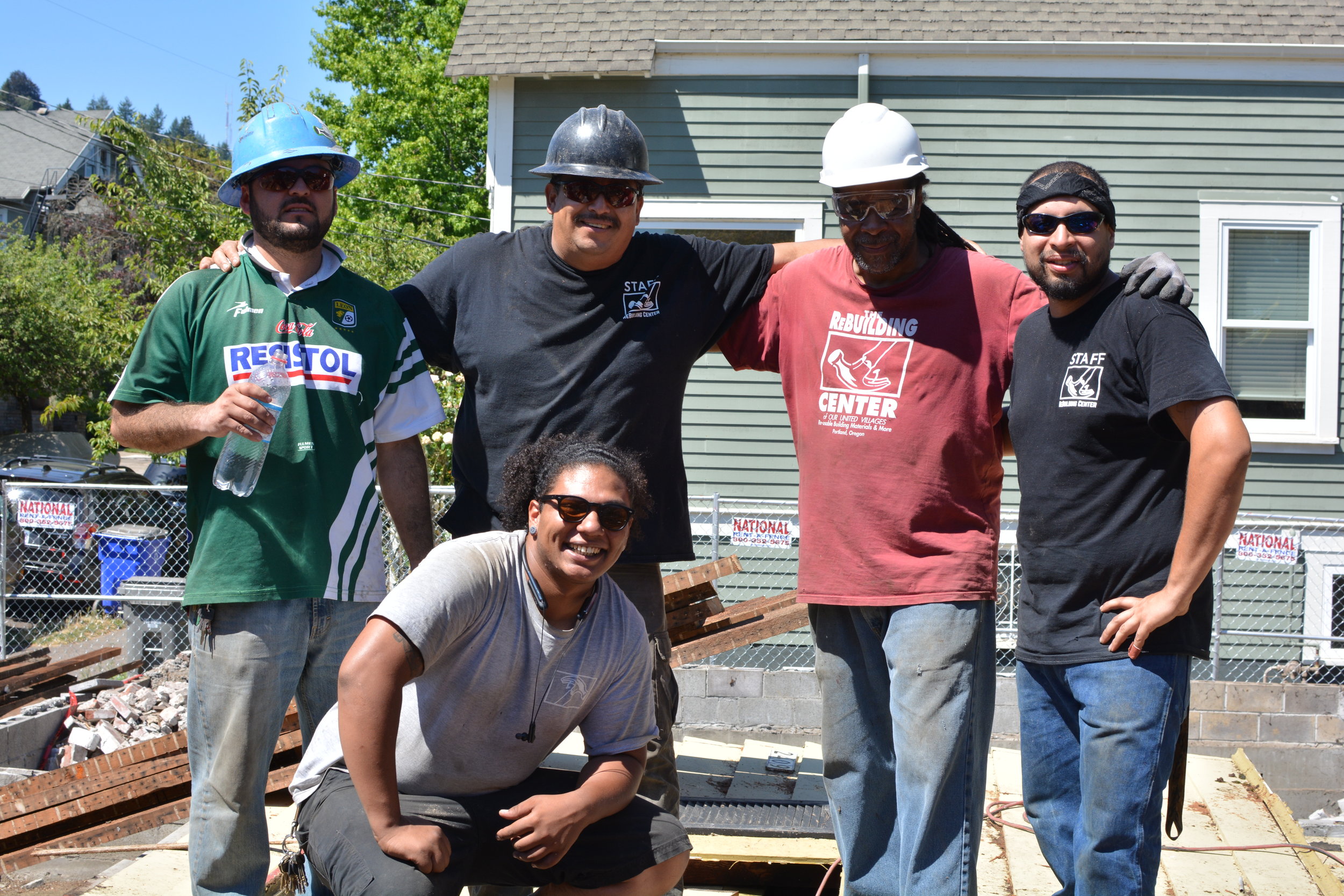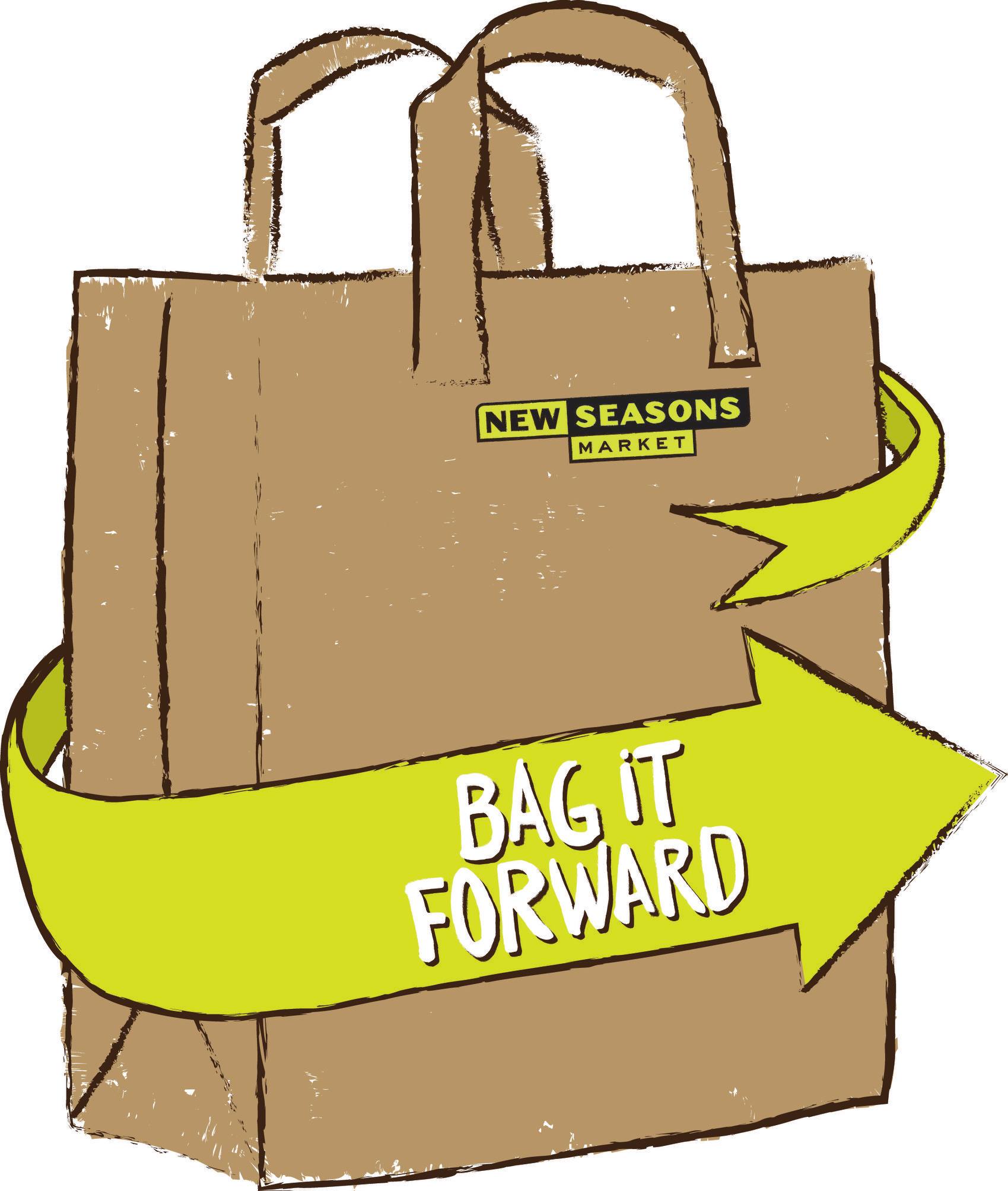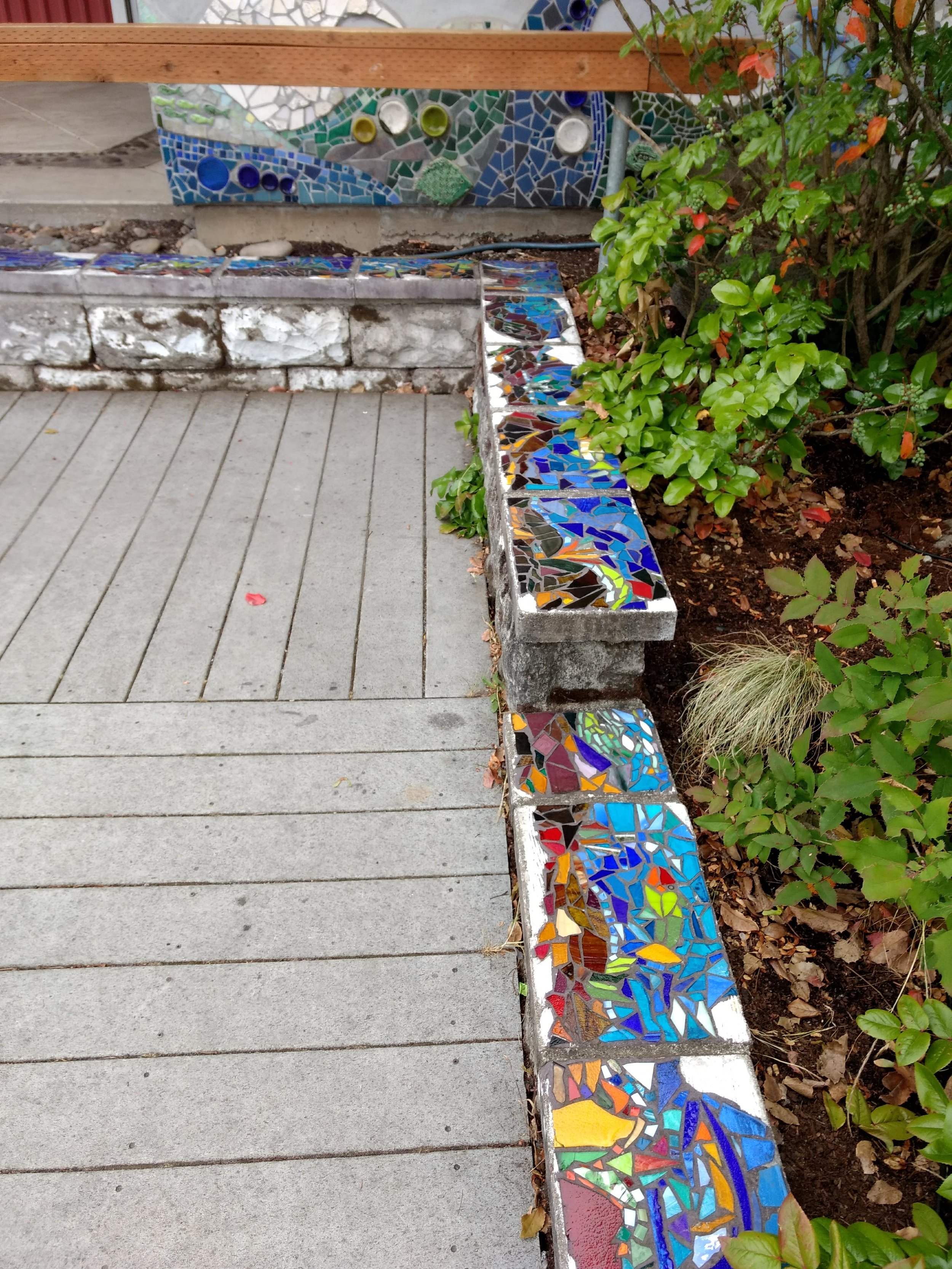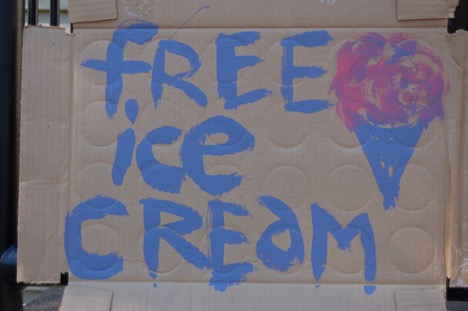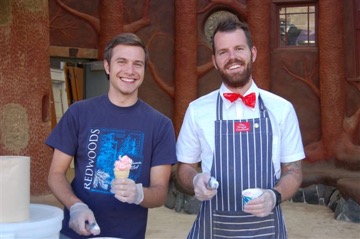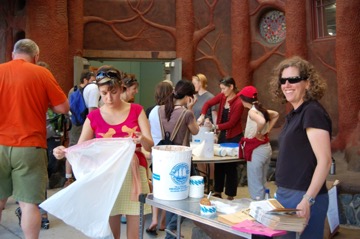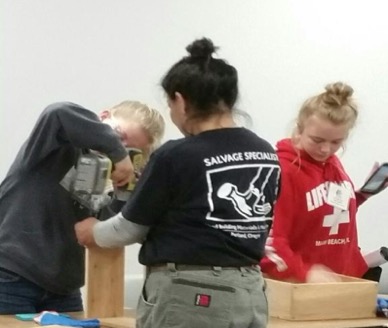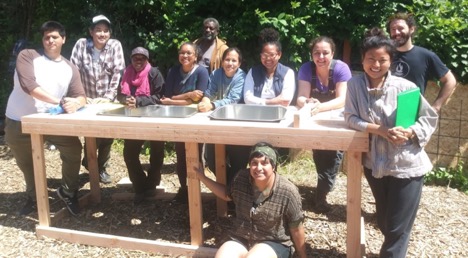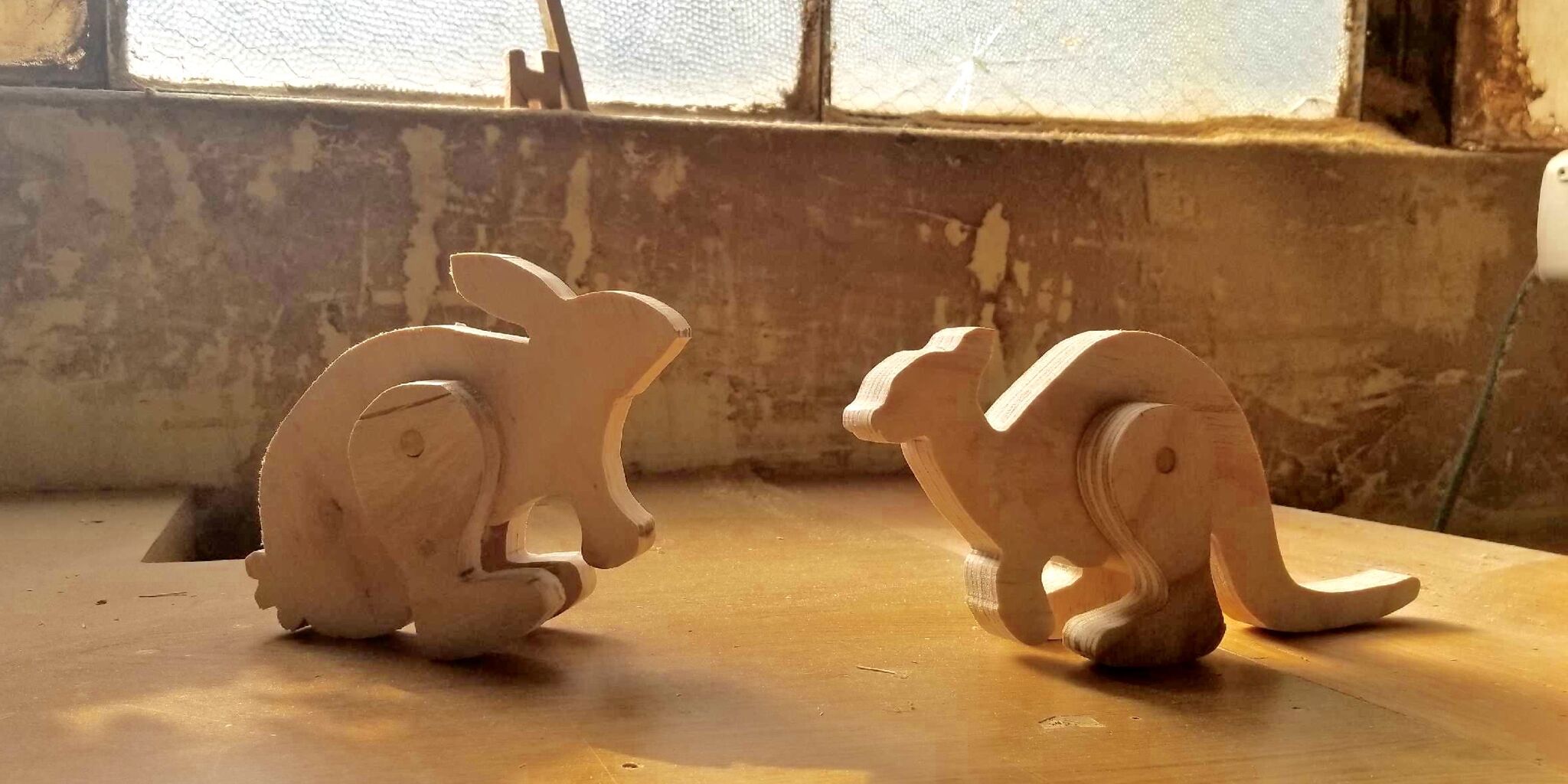By: Victor Vidal
Empecé el 21 de mayo de 2004. Mis primos comenzaron a trabajar aquí, yo trabaje con ellos instalando techos. Tom me dio la oportunidad. Tom es una persona divertida y muy agradable. En aquel entonces, Tom comenzó a hablar algunas palabras en español. Muy amable, a Tom no le importa el color de tu piel o raza. Nos llevamos muy bien, entonces comenzamos a crear una relación. Mi primo Nico, fue quien me contó a cerca de la oportunidad de trabajo aquí. Yo Tenía 20 años, ellos me dijeron que posiblemente no me gustaría. Había mucha gente aquí con experiencia, pero Tom dijo que todavía tenía la oportunidad de poder aprender. Tom me dijo; tus parientes están aquí, ellos te pueden ayudar.
Esta es una de mis historias favoritas sobre RBC. Nos enviaron a un lugar en Washington, a dos horas de aquí. Fue mi primera experiencia ir a acampar y trabajar al mismo tiempo. Fue a fines de septiembre; la temporada de lluvias estaba comenzando. Había alrededor de seis personas. Había un tipo llamado Dana. Él era divertido. Cuando llegamos cerca del sitio de trabajo, nos dijeron; tienes una semana para terminar el trabajo. Era una casa pequeña, un tipo de edificio de garaje. Dijeron que sería una buena idea preparar cada uno un sitio para acampar. Nunca había experimentado algo así. Estábamos en un bosque. Traje mi tienda de acampar, trajimos cosas incluyendo comida. Trabajamos el primer día, al final limpiamos los espacios para instalar la tienda de acampar. Llovía ligeramente durante la noche, pero no sabía que Dana salía a fumar. Entonces comenzó a arrojar pequeñas piedras a mi tienda, esos eran ruidos extraños. Algo como un animal salvaje. No dije nada al día siguiente. continúo haciéndolo la siguiente noche mientras yo trataba de dormir. Al día siguiente, les dije, el miércoles será mi último día, me voy a casa. Tenía miedo porque algo estaba sucediendo. Él me dijo, "espera, ¡fui yo!" Le dije: "¡No he podido dormir!" …Y eso quedo atrapado en mi cabeza -- desde entonces no puedo ir a acampar. Fue una buena experiencia salir acampar y trabajar al mismo tiempo. Años después, tuvimos un trabajo en el centro de la ciudad ... su casa estaba en la esquina. Dana apareció me vio y dijo "hey, ¿recuerdas?"
¿Por qué elegí continuar trabajando para RBC? Porque en cada sitio de trabajo, encuentro nuevas experiencias. Cuando se corta ciertos tipos de madera, hay olores diferente. Encuentras muchas antigüedades, y eso despierta mi interés en el trabajo. Todas las personas que han venido aquí son buenas personas.
Desde que vine aquí (al país), entendí que de lo que diga, me puede meter en problemas. Mi padre siempre me dijo que siguiera recto por el sendero. Él me dijo que escuchara, basado en mi experiencia, me sugirió, cuídate y concéntrate en tu trabajo. Eso es algo que obtuve de mi padre, él me deseó suerte en ese entonces. En mi familia, soy el más tímido y callado. Al mismo tiempo, el idioma era una barrera. Mi padre está muy contento con mi promoción. Él está muy feliz. Nunca imagino que yo iba a ascender a esta posición o nivel porque dice que no me acababa de conocer... Él no entiende cómo logré esta posición.
No sé si explico esto claramente, pero haré lo mejor en mi posición para aumentar la productividad. Me gusta mucho mi trabajo. Quiero seguir creciendo. Realmente creo que es posible. aunque al momento las cosas sean difíciles. Somos un equipo de 4 o 5. Nos conocemos muy bien, tenemos contacto cercano. La diferencia se nota con 3 o 4 personas más. Con menos gente, la comunicación es fuerte y trabajamos bien juntos. Empiezo a pensar en cada una de las personas del equipo, porque hay momentos en que los veo cansados o estresados, hay ocasiones en que el trabajo es fácil y otros en los que es complicado. Siempre pienso en cómo hacer las cosas a futuro. Si los veo cansados, tengo que pensar cómo llegar al día siguiente y como motivarlos.
Creo que necesitamos más comunicación. ¿Qué aspecto tendría si nos comunicáramos de la mejor manera posible? Reuniones de líderes- exponer lo que está sucediendo, hablar sobre los trabajos que se están llevando a cabo abiertamente, no ocultar nada, porque si ocultamos cosas, será contra todos. Es menester poner todo sobre la mesa. La base de la compañía para ser de apoyo.
Necesitamos más trabajadores. Creo que sería una buena idea hacer publicidad en radio, en español e inglés. Y mencionar que hay muchos y muy Buenos beneficios en esta compañía.
Hay otras compañías que pueden ofrecer más dinero, pero estoy feliz aquí. Es menos dinero, pero vale la pena porque estoy feliz. La gente aquí es gentil. En otras compañías, las personas pueden ser codiciosas y arrogantes. Realmente me gusta estar aquí, podría estar aquí para siempre. Mi familia está feliz, tengo tiempo para mi ellos, yo estaré aquí. Hasta el día en que ustedes me digan que ya no hay trabajo para mí, estoy feliz de estar aquí.
-
In Challenge There is Always Reward
I started with the ReBuilding Center on May 21st, 2004. My cousin started working here first, he used to work doing roofing. Tom gave me the opportunity. Tom was a funny guy, very likeable. Back then, Tom started to speak some words in Spanish. He is very gentle - Tom doesn’t care about color of your skin or your race. We got along together very well, and started to create a relationship. My cousin Nico is the one who told me about the job opportunity here. I was 20 years old, and they told me that I might not like it. There were a lot of people here with experience, but Tom said that there was still an opportunity for me and that I could learn. Tom said that my relatives were here, and that they could help me adjust.
This is one of my favorite stories about the ReBuilding Center. We were sent to some part of Washington, about two hours from here. It was my first experience to go camping and work at the same time. It was the end of September; the rainy season was starting. There were around six people. There was a guy named Dana. He was a funny guy. When we got close to the job site, they told us you have a week. It was a small house, some type of garage building. They said it would be a good idea to prepare your camping site. I have never experienced anything like that. It was a lot of woods. I brought my tent, we brought things like food. We worked the first day, at the end we cleared out the spaces. It was light rain at night, but I didn’t know that Dana went out to smoke. And he started throwing rocks at my tent, and making weird noises, like a wild animal. I didn’t say anything. He kept doing it as I was trying to fall asleep. I told him on Wednesday it will be my last day because I was afraid something was going on. He told me, “no, it was me…” I told him that I haven’t been able to sleep. And that’s been stuck in my head ever since and I can’t go camping. It was a good experience to go out and camp and work at the same time. Years later, when I was working downtown… his house was on the corner. Dana saw me and said “hey, remember?”
Why do I choose to continue to work at RBC? Because at every job site, I find a new experience. When you are cutting certain types of wood, they smell different. You find a lot of antiques, it keeps me interested in working. All of the people who have come here are good people.
Ever since I came here (to the country), anything you say, you may fall into trouble. My father always told me to go straight on the trail. He told me to listen, gain experience, take care and focus on your job. That’s something that I got from my dad, he wished me luck back then. In my family, I am the most timid and quiet. At the same time, the language was a barrier. My dad is very happy about my promotion. He never expected that I was going to rise to a certain position or level because he says that he hasn’t known me… He doesn’t understand how I got to this position.
I don’t know if I explain this clearly, but I will do the best in my position to increase the productivity. I like my job a lot. I want to continue growing. I really think it’s possible. Things can be hard now. In DeCon, we are a team of 4 or 5. We know each other very well, we have close contact. The difference is noticed with 3 or 4 more people. With less people, the communication is strong and we work well together. I start to think about every person on the team, because there are times that I see them tired or stressed out, there are times when the job is easy and times when it is complicated. I always think about how to do things in the future. If I see them tired, I have to think about how to come the next day and motivate them.
I think we need more communication. What would it look like if we were communicating at our best? Meetings, leaders – we’d talk about what’s going on, talk about the jobs that are going on openly, don’t hide anything, because if we are hiding things, it will work against everyone. We should put everything on the table. The foundation of the company is to support each other.
We need more workers. I think it would be a good idea to advertise on the radio, in Spanish and English. And mention that there are many and very good benefits in this company.
There are other companies that may offer more money, but I am happy here. It is less money but worth it because I am happy. People here are gentle. At other companies, people can be greedy and arrogant. I really like to be here, I could be here forever. My family is happy, I have time for my family, time to be here. Until the day you guys tell me that I cannot work for you, I am happy to be here.



